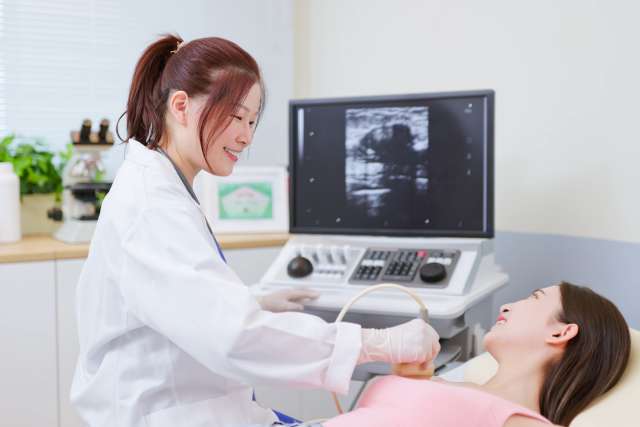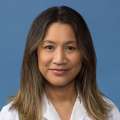Breast cancer is the most commonly diagnosed cancer in women in the U.S, affecting 1 in 8 women at some point in their lives. However, breast cancer deaths have decreased by 43% in the past few decades.
That decline is due in part to an increase in screening and improvements in screening techniques. There’s plenty of research to support the fact that regular breast cancer screening saves lives by detecting cancer at its earliest — and most treatable — stage.
The key? Knowing what you need and when.
Understanding the latest breast cancer screening guidelines
If you feel like the recommendations for when you need a mammogram keep changing, you’re right. Much depends on which organization’s guidelines you’re looking at.
“There are different recommendations from different societies as well as the United States Preventive Services Task Force (USPSTF), and that can be very confusing for patients,” says Hannah Milch, MD, a diagnostic radiologist at UCLA Health. “Ultimately, it’s a decision a woman should make in consultation with her doctor — taking into account her age, family history and other risk factors.”
The new recommendations from USPSTF call for mammograms every other year for women between the ages of 40 and 74. (That group’s previous guidelines recommended starting mammograms at 50 years old). But other groups, including the American College of Radiology (ACR) and Society of Breast Imaging (SBI), take those guidelines one step further — recommending mammograms every year for women ages 40 and older.
“At UCLA Health, we follow SBI/ACR guidelines recommending annual screening mammography starting at age 40, because evidence demonstrates this saves the most lives from breast cancer,” says Dr. Milch.
For women who fall into high-risk categories, the recommendations are different. The ACR recommends annual mammograms beginning as early as age 25. And if supplemental screening is necessary, they recommend breast MRI. “Talk to your doctor and be sure they know any family history of breast cancer or other risk factors you may have,” says Cheryce Poon Fischer, MD, a diagnostic radiologist at UCLA Health. “Together you can decide when you need to start screening, what type of screening you need and how often.”
What to expect during a mammogram
When doing an annual mammogram, schedule it for about the same time each year so your doctor can easily compare images from year to year. If your previous mammogram was done at a different facility, be sure to have those images sent over to your new hospital. You can also request copies of your previous screening scans and bring them with you to your mammogram appointment.
During your mammogram, the technician will take a series of X-ray images of each breast. “At UCLA Health, we use digital breast tomosynthesis — also called 3D mammography — to get the clearest images of the breasts,” says Dr. Fischer. This type of screening test is becoming the standard of care because it produces more accurate images, and creates fewer false positive results than the traditional 2D mammogram.
Why you might need additional screening
Hearing that you need further testing after a radiologist looks at your mammogram images can be frightening. But it does not necessarily mean that you have breast cancer.
“If the radiologist wants to take a closer look at a particular area, they may call you back for additional imaging after your mammogram,” says Dr. Milch. “If this happens, it’s important to remember that many women are called back, and most often the results are normal.”
Depending on your specific needs, your doctor may want to perform a follow-up mammogram and/or a breast ultrasound or breast MRI. Follow-up testing might be necessary for women with dense breasts because the density of the tissue can make mammogram images harder to read.
The U.S. Food and Drug Administration recently began requiring mammogram facilities to inform women about the density of their breasts when relaying those screening results. “If you have dense breasts, we recommend you talk to your doctor to assess your risk and decide if you need a breast ultrasound in addition to your annual mammogram,” says Dr. Fischer.





